Is olive oil gluten free? YES, olive oil is naturally gluten free. It is usually made only from olives so no gluten ingredient should be present.
In this article we will provide some info about olive oils plus give you some more background information and popular brands selling gluten free olive oil
The Mediterranean countries have made many big contributions to the world, and one of their best gifts is olive oil.
Put it in your salad or your pasta, and it will instantly have a new depth of flavor, indeed, olives have rich taste and are healthy to eat. Let’s get into it
Gluten free confidence score of olive oil
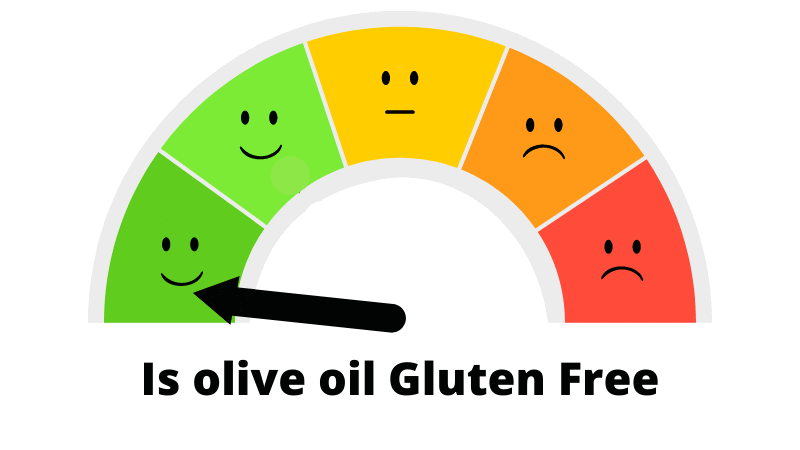
We score olive oils a 10/10 as it’s mainly made from just olives, which are natural gluten free.
What is olive oil
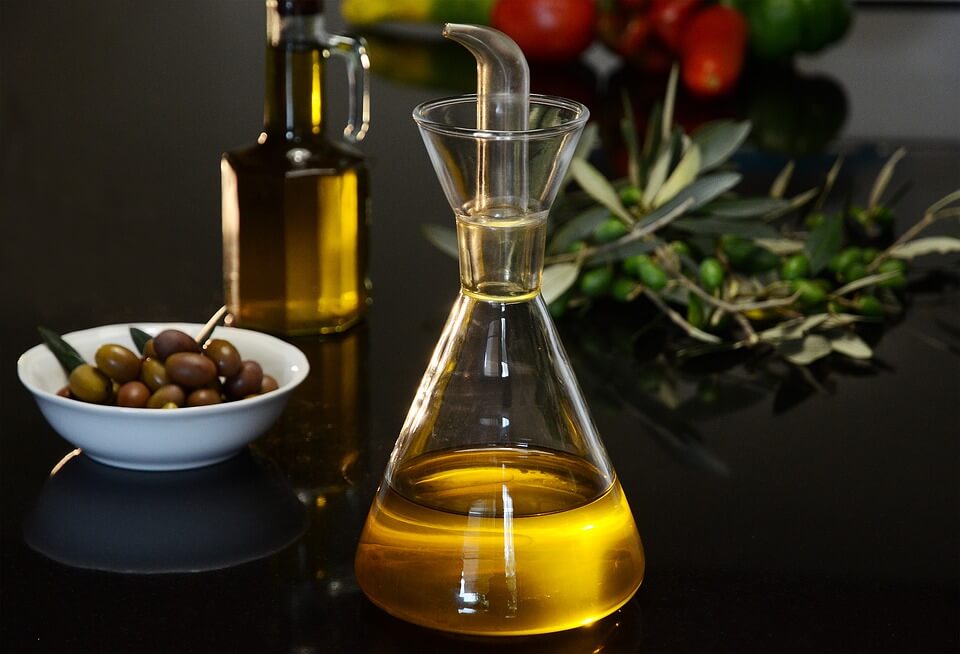
Olive oil is a staple in all Mediterranean foods. It’s the fat base in cooking Mediterranean delicacies. Besides, it is used as a flavoring agent or condiment.
It is extracted from freshly squeezed fruits of the olive tree and bottled for ease of use, the fruit itself have a very strong flavor which is a very concentrated oil and the making process involves many steps and levels that we will go through right now.
Generally speaking, there are four types of olive oil:
| Extra Virgin | Virgin |
| Pure | Light |
Types of Olive Oil:
There are different types of olive oil available. These are as follows:
- Extra Virgin Olive Oil: Extracted by clod-dipping, pressing, or centrifuge, and then cold-pressed. Viscous and dark green, and used in dressings and condiments.
- Virgin Olive Oil: Extracted by mechanical methods with heat. Light green in color and slightly runny, and used for salads as well as for cooking purposes.
- Pure Olive Oil: Usually marked as just “olive oil”. Greenish-yellow and watery, with a neutral taste. Highly refined oil used for cooking.
- Light Olive Oil: Highly refined oil. Light yellow color with just a tiny touch of green, and the perfect choice for cooking foods on high heat.
The type of oil you will use is based on your personal preference, but most house holds use the Virgin olive oil for everyday use.
How olive oil is made
Olive oil is simply the fluid you get when pressing olives really hard. The oil is made by pressing fresh olives until the oil starts coming out.
It can be made at home ( And a lot of homemade olive oils are great ) or in a factory.
The first thing that is done is to grind the olives with their pits and everything into a thick paste. Then, that paste is pressed really hard between plates until the oil starts going out.
Some brands use a slightly different approach by heating up the olives and using other chemically used methods to separate the oil from the fruit. However it is widely considered better to consume cold pressed olive oil for these reasons:
- Heated oil above 120 degrees damages the oil nutrients.
- It is more environmentally friendly.
- More vatimins survive cold pressing
- Cold pressing olive oil will have a longer shelf life.
Cross-Contamination
Like all other products, olive oil may come in contact with gluten content at the time of manufacturing, processing, or storage. This happens when the plant shares space with other products that may contain gluten.
When the olive oil comes in contact with glutinous products, it ends up with trace gluten.
Additives:
To add flavor to olive oil, some variants are infused with flavoring agents. Some of these might come from glutinous sources.
For instance, if olive oil is smoked, the smoke flavor is often added using smoked malt. Even if the additives aren’t glutinous, they may have trace gluten due to cross-contamination.
So, find out more about a brand before you buy its olive oil. Usually, the popular olive oil brands are safe for consumption, even if they do not test for gluten content.
Just to be on the safe side, consume them in small amounts to ensure that your body doesn’t react to it.
Gluten Free Olive Oil Brands
Here are some olive oil brands that produce gluten free products:
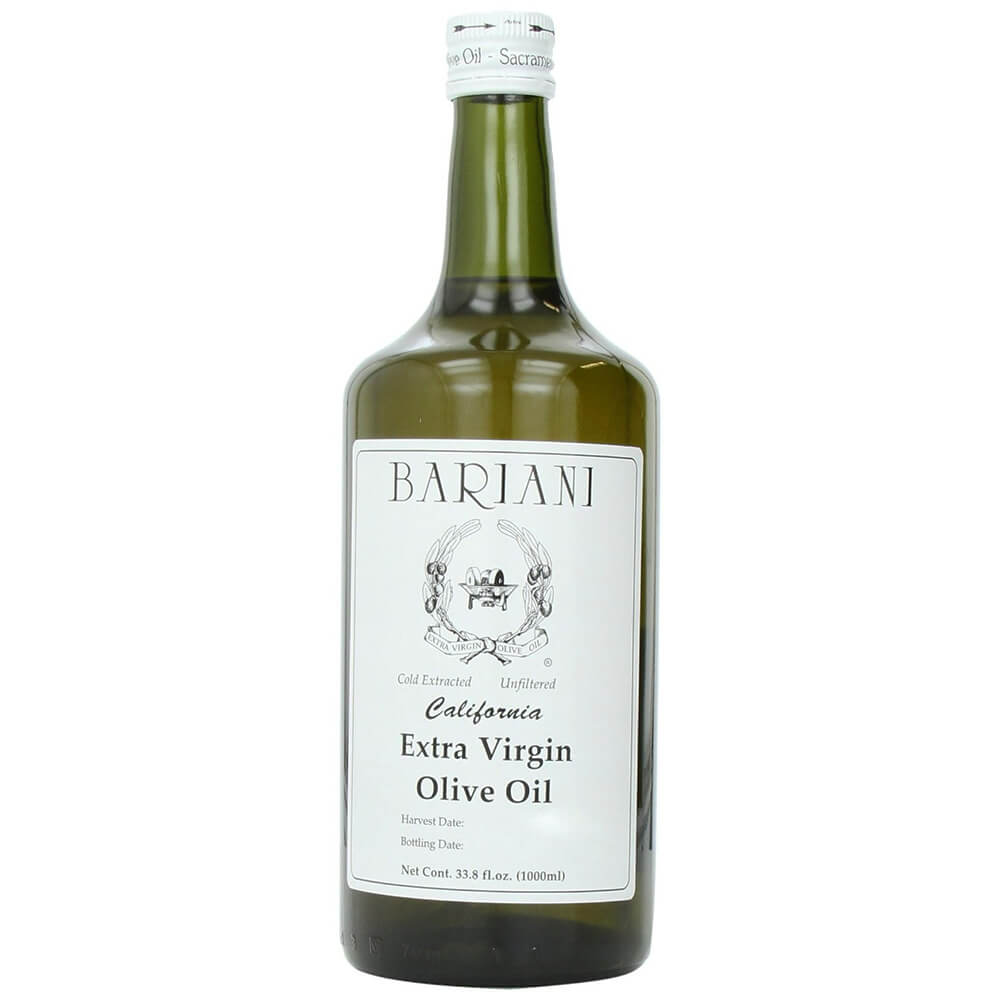
Bariani: This is a small company based in California. It produces cold-pressed extra virgin olive oil. It’s a little expensive and not easy to find, but people with gluten intolerance swear by it.
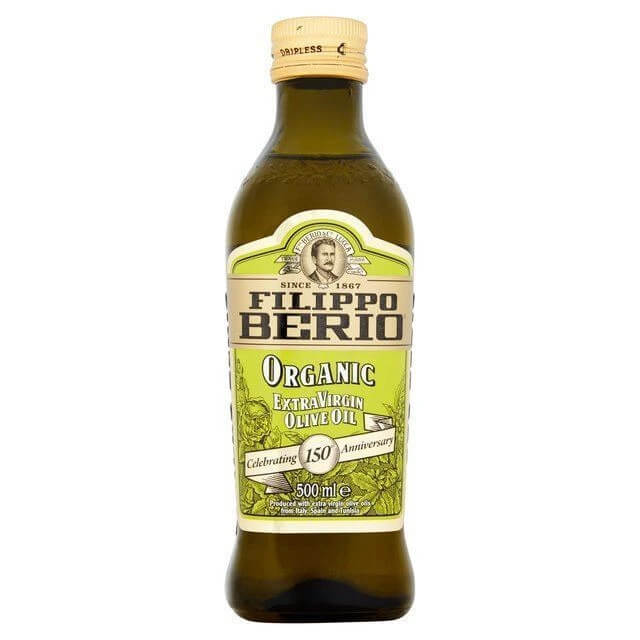
Filippo Berio: This brand produces seven varieties of olive oil. No wonder it claims to “the first and last name in olive oil.” All the oils in this range are labeled as “gluten-free” and are safe for you.
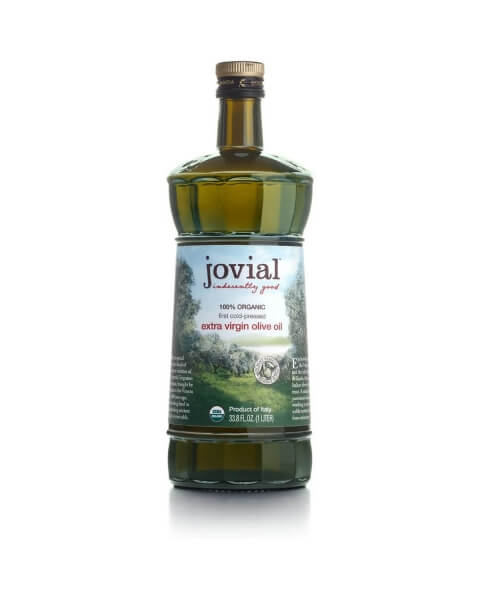
Jovial: This is a brand of organic extra virgin olive oil that’s not only good for people with gluten allergy but also for other allergies. This oil is devoid of all kinds of allergens and is healthy.

Mary Ruth Organics: The company produced raw extra virgin olive oil that’s ice-pressed from olives at extremely low temperatures. This brand’s olive oil comes with a ‘gluten free’ label’.
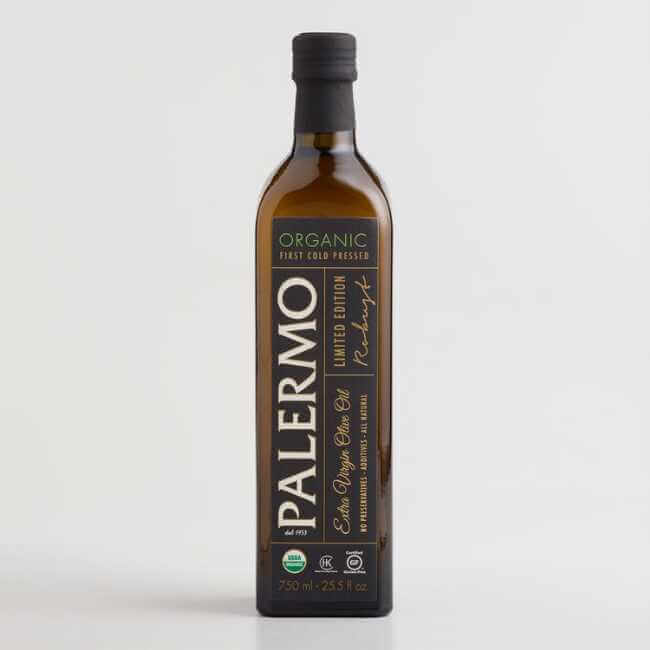
Palermo: The olive oils of this brand are available in both pure extra virgin varieties. People with gluten intolerance trust this brand as it comes with a gluten free certification, from the GFCO.
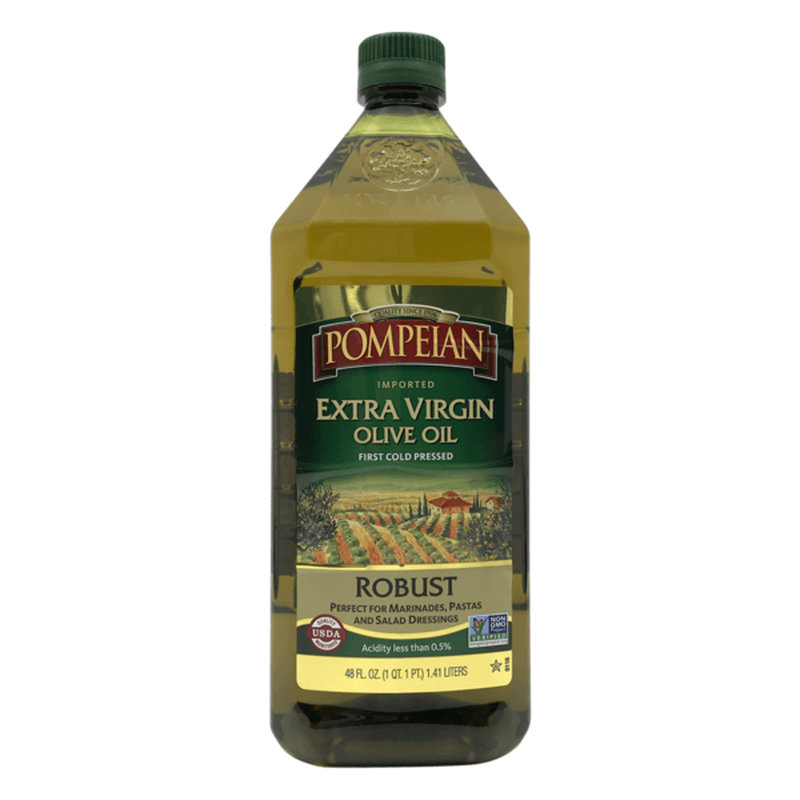
Pompeian: This company makes four varieties of olive oil, all of which are available easily in the supermarkets. According to the company, all of these olive oil varieties are naturally gluten free.
Benefits of Olive Oil
Olive oil is an extremely healthy oil for consumption. Here’s a quick look at its benefits:
- It contains monounsaturated fats
- It is rich in antioxidants
- It has anti-inflammatory properties
- It can prevent strokes.
- It gives protection against heart diseases.
- It does not cause weight or fat gain.
- It might be preventive against Type-II Diabetes.
- It has anti-cancer properties.
Altogether, you can say that is is one of the healthiest of all plant-based fat sources.
Conclusion
We can say that olive oil is naturally gluten free and is a versatile and flavorful choice.
This oil is not only a great fat base for your foods but also adds a robust flavor base to them. It is one of the healthiest oils available, and you can use it as a part of a strict diet.
Most olive oil brands, especially the reputed ones, produce naturally gluten free olive oil. But, if you want to go the extra mile, then find a brand that’s marked as gluten free.